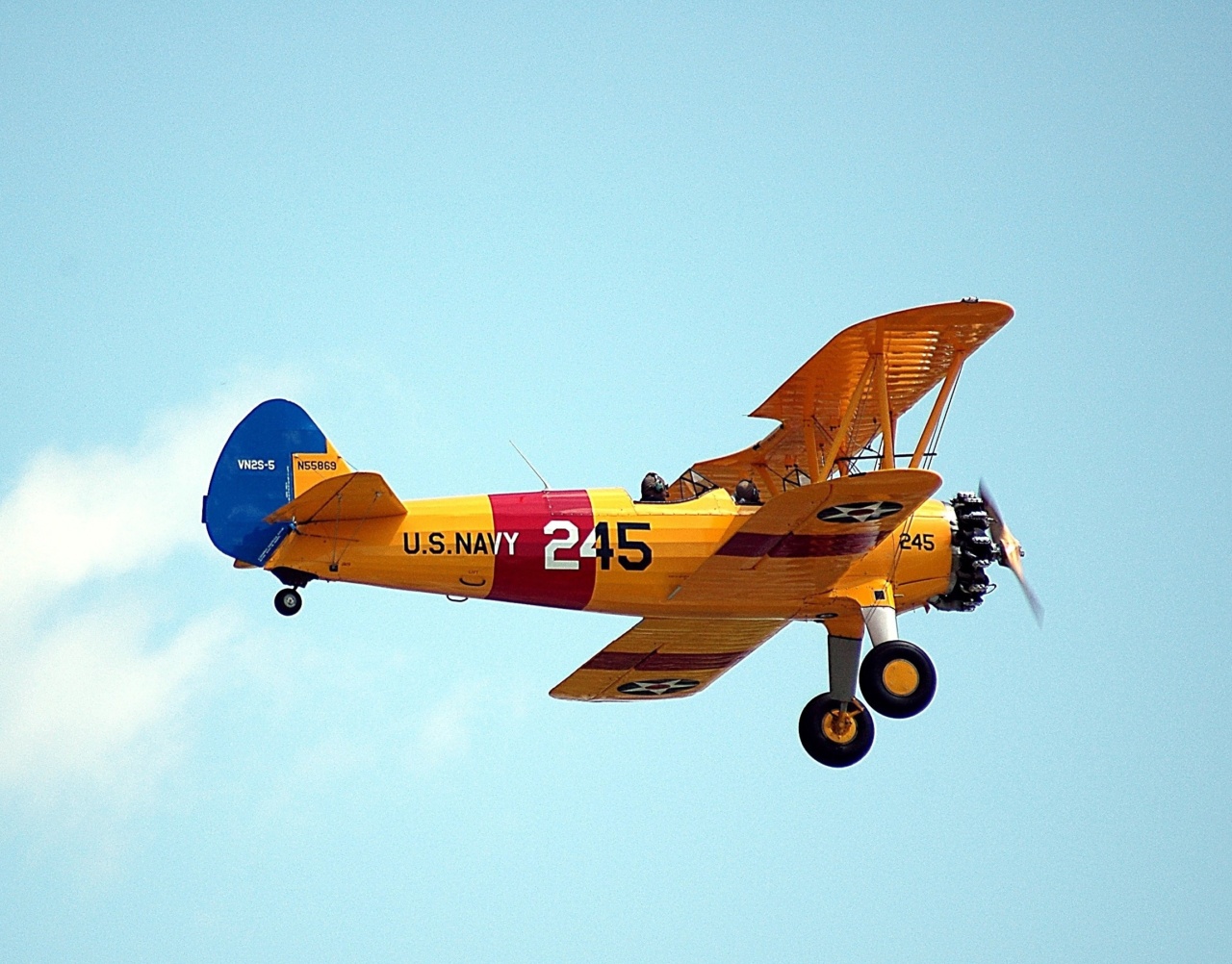In times of crisis and emergencies, the United States Air Force plays a crucial role in bridging the gap and providing aid and support.
The Air Force is well-equipped and trained to respond quickly and efficiently to natural disasters, humanitarian crises, and other emergency situations both domestically and internationally. With a wide range of capabilities, missions, and resources, the Air Force has become an indispensable force in disaster response and relief efforts.
Disaster Response Capabilities
The Air Force possesses a diverse array of capabilities that are essential in disaster response operations.
From search and rescue missions to medical evacuation, the Air Force is equipped with specialized aircraft and personnel to save lives in times of crisis. The fleet of cargo planes enables the rapid transport of essential supplies, equipment, and humanitarian aid to affected areas.
Additionally, the Air Force’s aerial surveillance capabilities provide crucial situational awareness for disaster response coordination.
Humanitarian Aid and Support
One of the key roles of the Air Force in emergencies is providing humanitarian aid and support to affected populations.
The Air Force works in close collaboration with other branches of the military, government agencies, and international organizations to deliver essential resources such as food, water, shelter, and medical supplies. Through airlift operations and air drops, the Air Force ensures that critical aid reaches people in remote and inaccessible areas. These efforts often involve working in challenging conditions and providing assistance to those who are most in need.
Rapid Deployment and Quick Response
Speed is of the essence in emergency situations, and the Air Force’s ability to rapidly deploy and provide a quick response is unparalleled.
With strategically located bases around the world, the Air Force can quickly mobilize personnel, aircraft, and equipment to the affected areas. This rapid response capability enables the Air Force to establish command and control centers, set up temporary medical facilities, and provide immediate support to local authorities and relief organizations.
The Air Force’s agility and flexibility make it an invaluable asset in emergency scenarios.
Joint Operations and Interagency Collaboration
Effective disaster response requires seamless coordination and collaboration among various entities.
The Air Force actively participates in joint operations with other military services, as well as interagency efforts involving government agencies and non-profit organizations. These collaborative endeavors allow for the pooling of resources, sharing of expertise, and synchronization of efforts to maximize the impact of emergency response operations.
The Air Force’s ability to seamlessly integrate with other entities ensures a comprehensive and well-coordinated response during times of crisis.
Specialized Units and Training
The Air Force maintains specialized units and training programs specifically designed for emergency response operations.
These units, such as the pararescue teams and the airfield damage repair teams, are highly skilled and trained to operate in challenging environments and provide critical support in disaster-stricken areas.
The rigorous training programs ensure that Air Force personnel are well-prepared to handle the unique challenges of emergency situations, including operating in hazardous conditions, conducting medical evacuation missions, and providing humanitarian assistance to affected populations.
International Assistance and Cooperation
Disasters often transcend national borders, and the Air Force actively engages in international assistance and cooperation to address emergencies beyond U.S. territories.
Through partnerships and agreements with foreign governments, the Air Force can provide support to affected countries, share expertise, and facilitate the exchange of resources. By leveraging its global reach and capabilities, the Air Force contributes to a broader international response effort and helps bridge the gap in emergencies on a global scale.
Technology and Innovation
The Air Force continually invests in technology and innovation to enhance its emergency response capabilities.
From advanced communication systems to state-of-the-art aircraft, the Air Force leverages cutting-edge technologies to facilitate rapid and efficient disaster response. Unmanned aerial systems (UAS), commonly known as drones, have become increasingly prevalent in emergency operations, aiding in search and rescue missions, damage assessment, and situational awareness.
The Air Force’s commitment to technological advancement ensures that it remains at the forefront of emergency response capabilities.
Disaster Preparedness and Mitigation
Beyond immediate response efforts, the Air Force also plays a vital role in disaster preparedness and mitigation.
Through extensive training exercises, simulations, and scenario planning, the Air Force prepares its personnel to effectively respond to a wide range of emergency situations. Additionally, the Air Force actively participates in research and development initiatives focused on disaster mitigation strategies, aiming to lessen the impact of future disasters.
By promoting preparedness and resilience, the Air Force contributes to bridging the gap in emergencies by minimizing the potential devastation and saving lives.
Supporting Local Communities
In addition to its response efforts during emergencies, the Air Force plays an active role in supporting local communities affected by disasters.
Air Force personnel often engage in community outreach programs, providing assistance and essential services to help affected individuals and communities recover and rebuild. Whether it is assisting in debris removal, rebuilding infrastructure, or offering medical support, the Air Force’s commitment extends beyond the immediate aftermath of a crisis, fostering long-term recovery and resilience in affected areas.
Training and Education Programs
To further enhance emergency response capabilities, the Air Force provides various training and education programs for civilian personnel and partner organizations.
These programs aim to equip individuals and organizations with the necessary skills and knowledge to effectively respond to emergencies and collaborate with the Air Force in disaster response operations. By sharing expertise and fostering a culture of preparedness, the Air Force strengthens the overall emergency response capacity, enabling seamless integration and coordination during times of crisis.
In conclusion, the United States Air Force serves as a vital bridge in emergencies, providing aid, support, and expertise when it is needed most.
Through its diverse capabilities, humanitarian efforts, rapid response capabilities, and collaborative approach, the Air Force plays an essential role in disaster response and relief operations.
From saving lives through search and rescue missions to delivering critical aid and support, the Air Force’s commitment to bridging the gap in emergencies is instrumental in ensuring the safety and well-being of people affected by disasters, both at home and abroad.





























